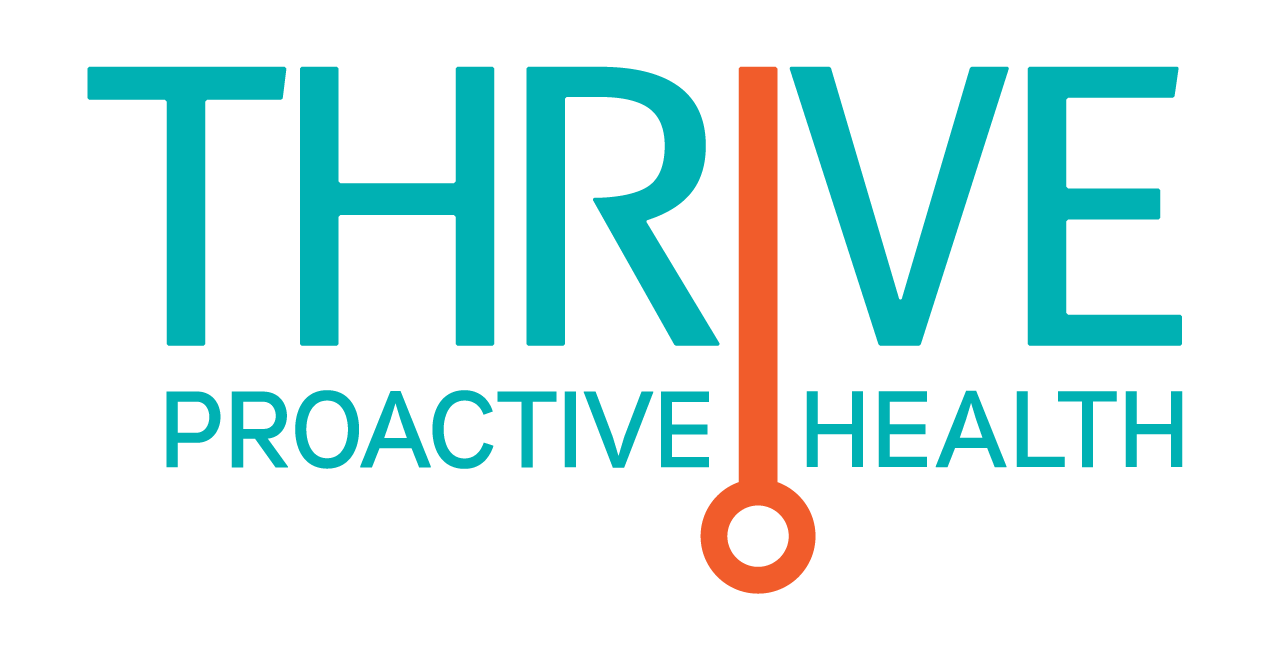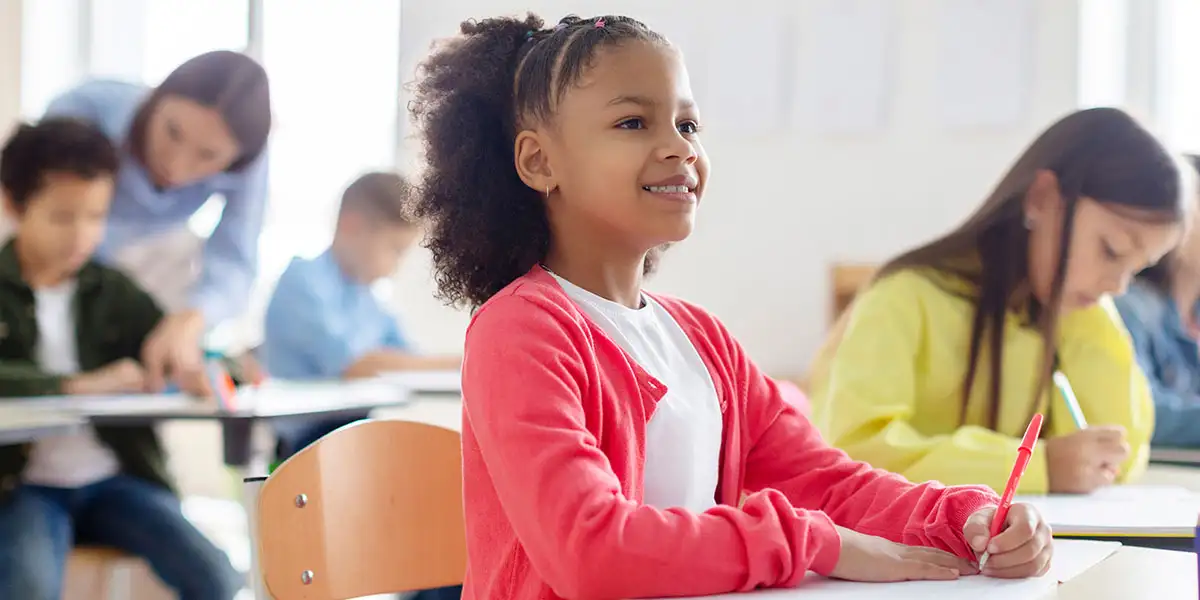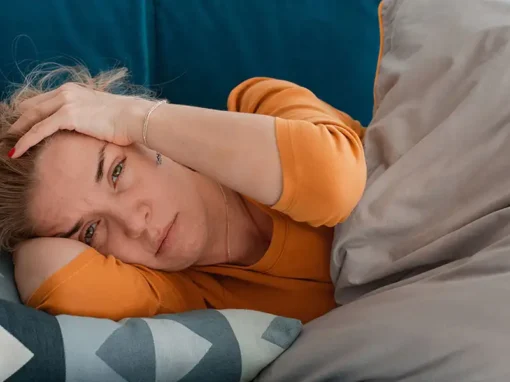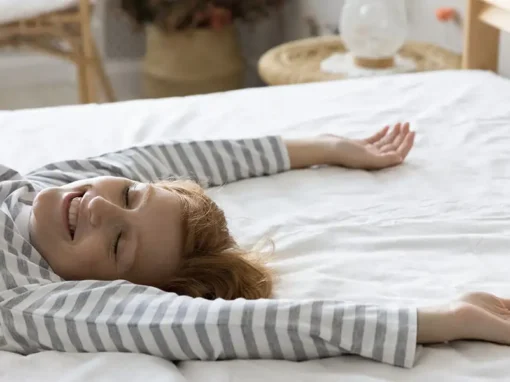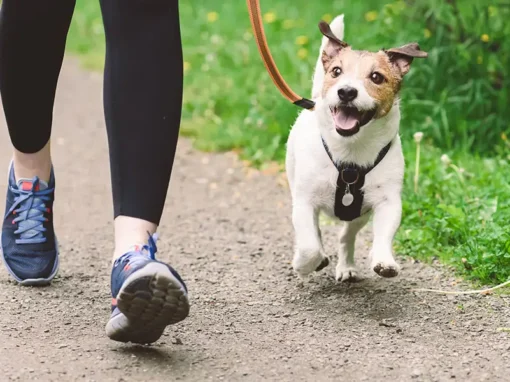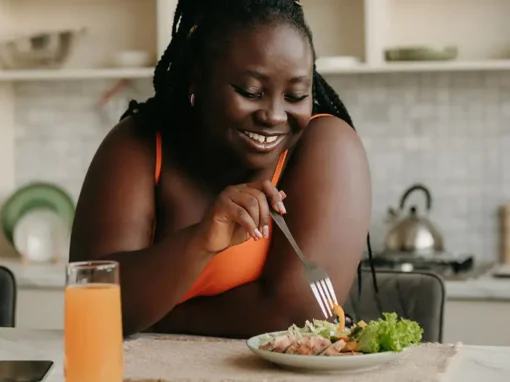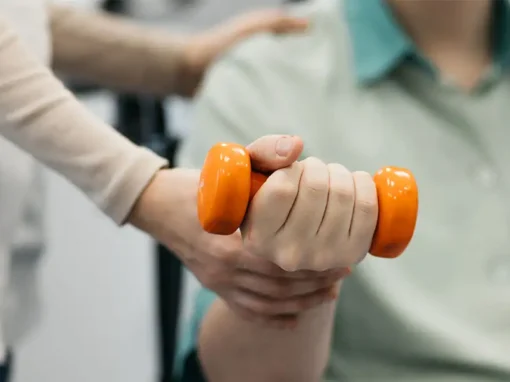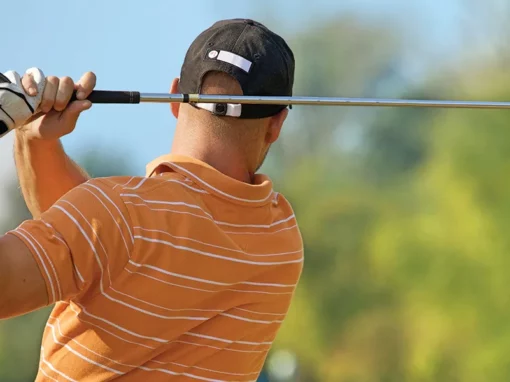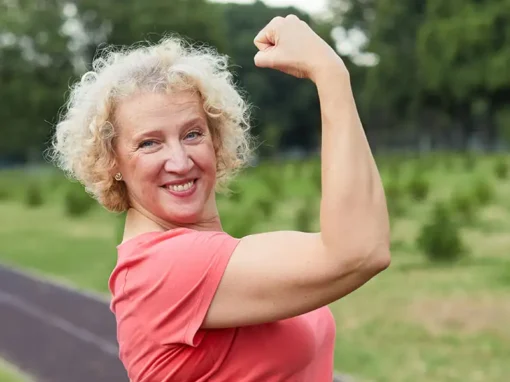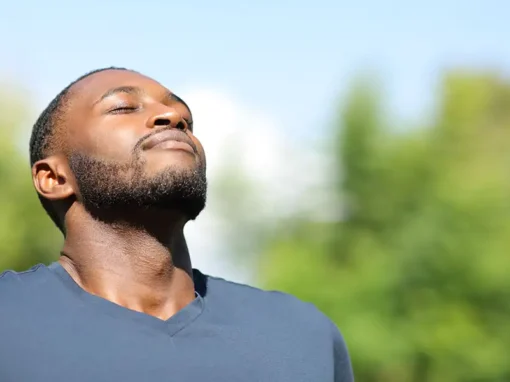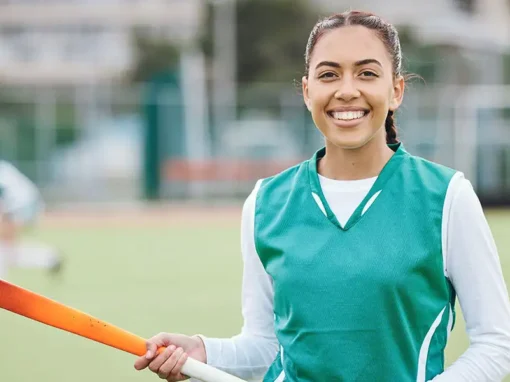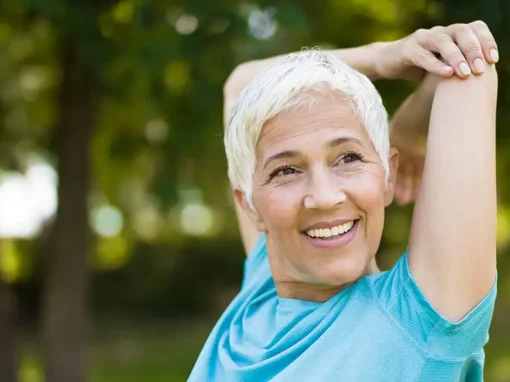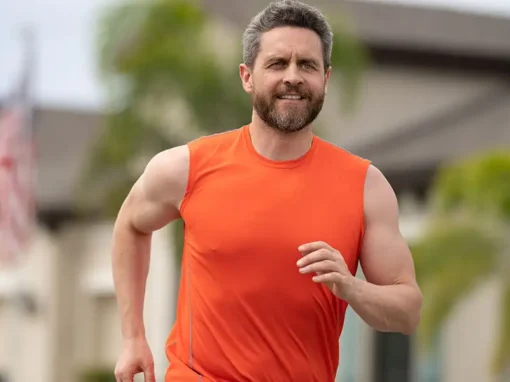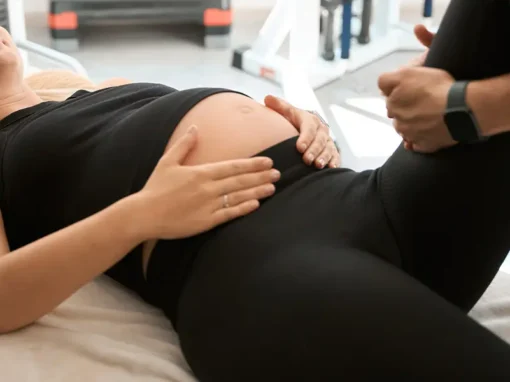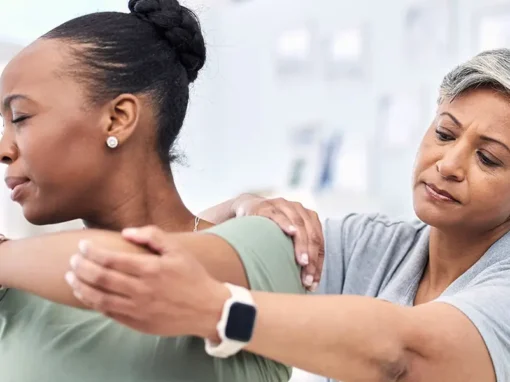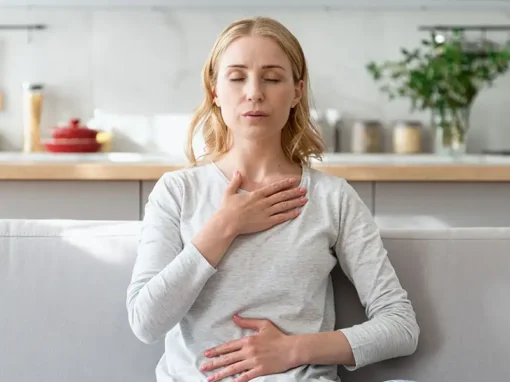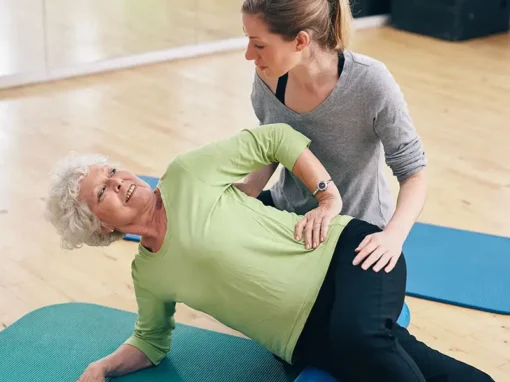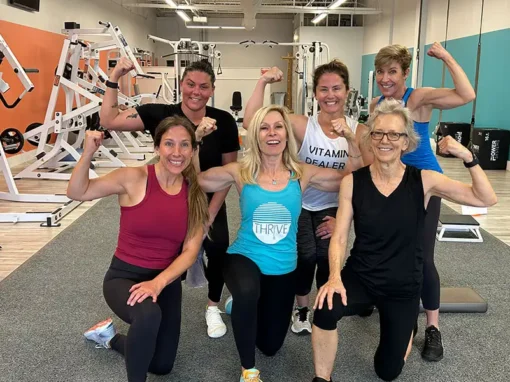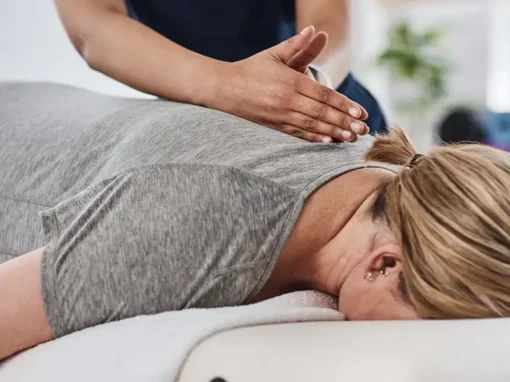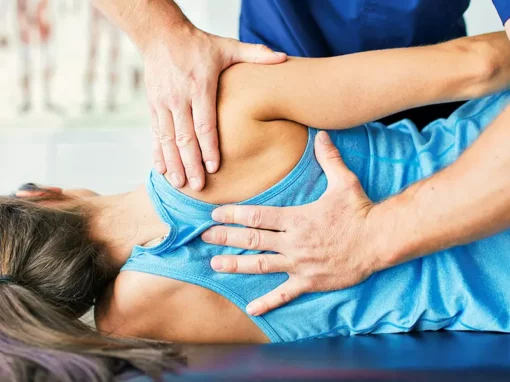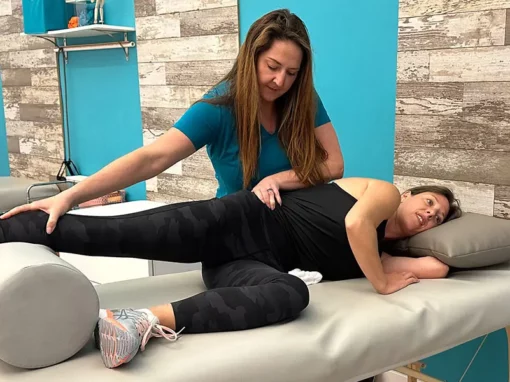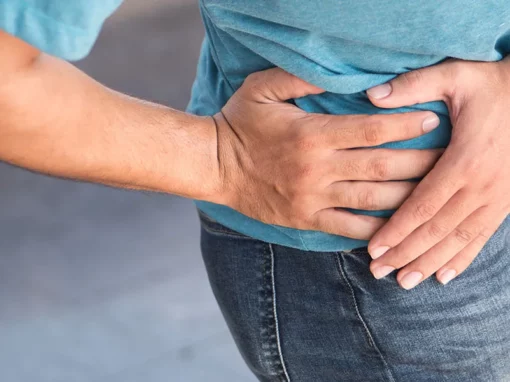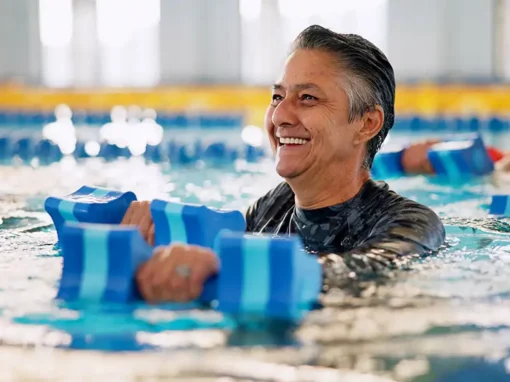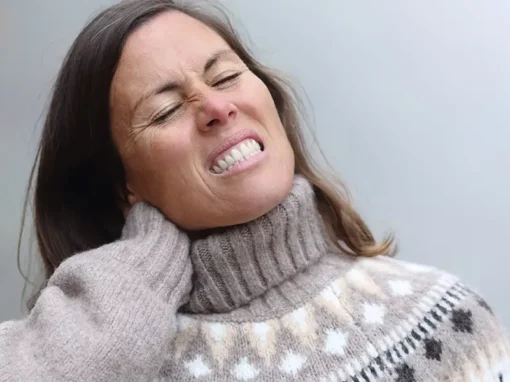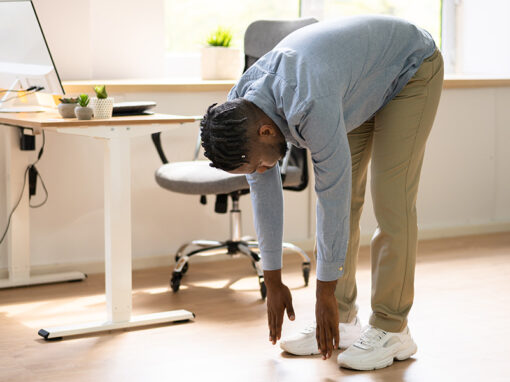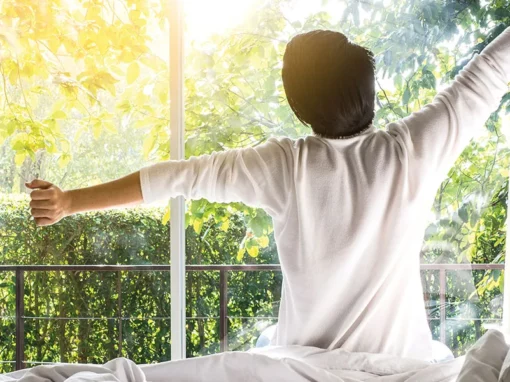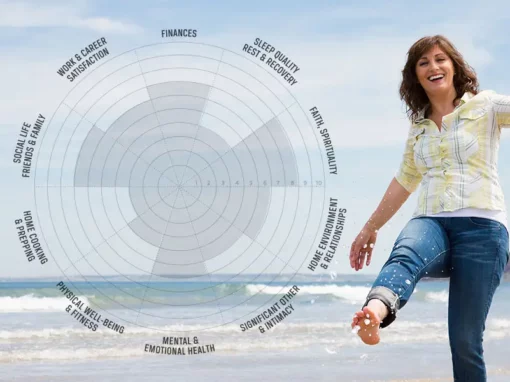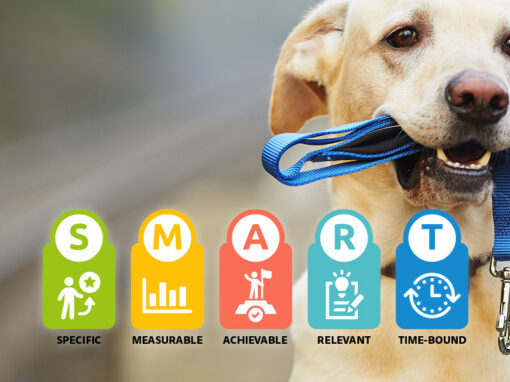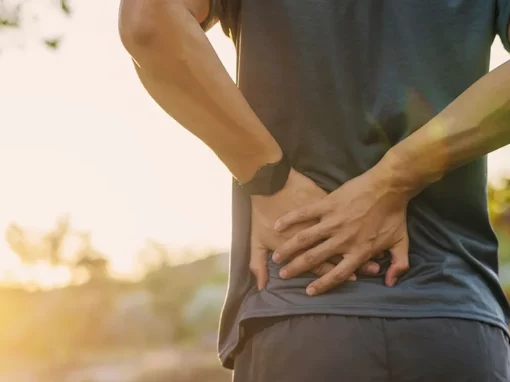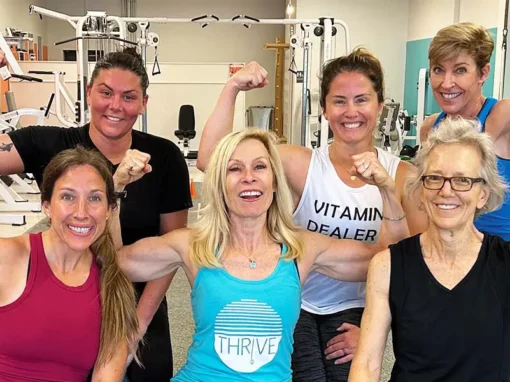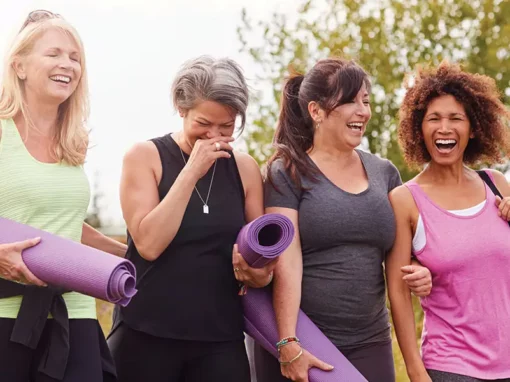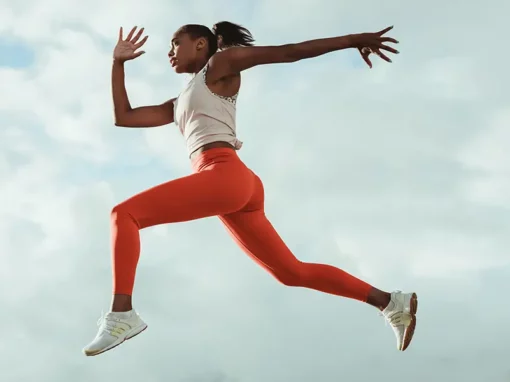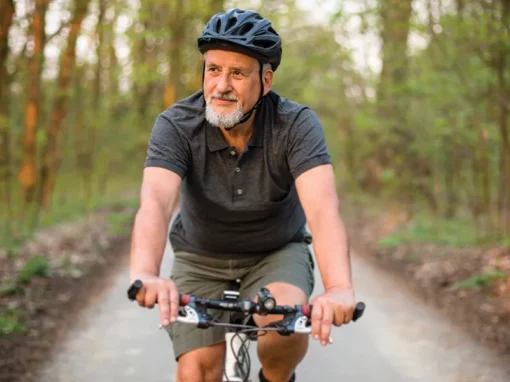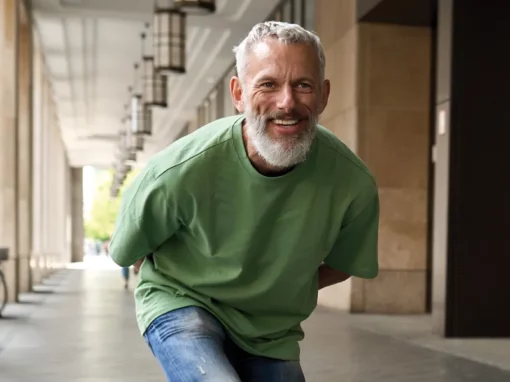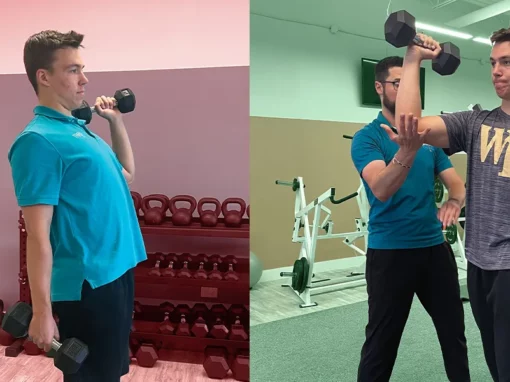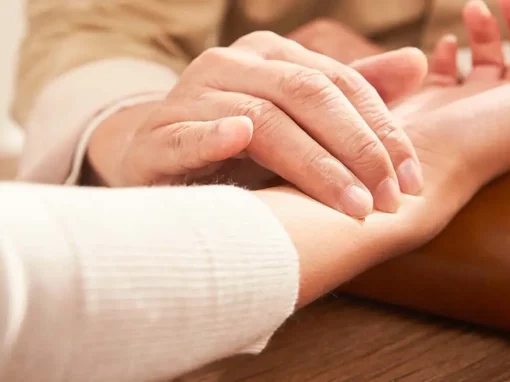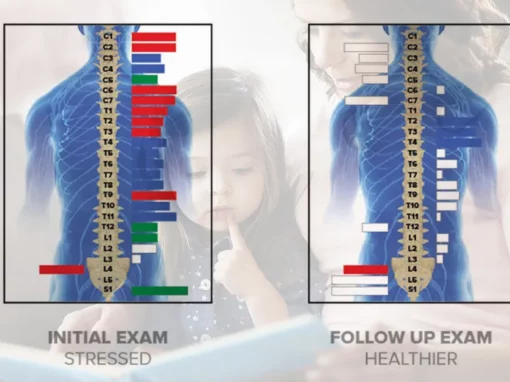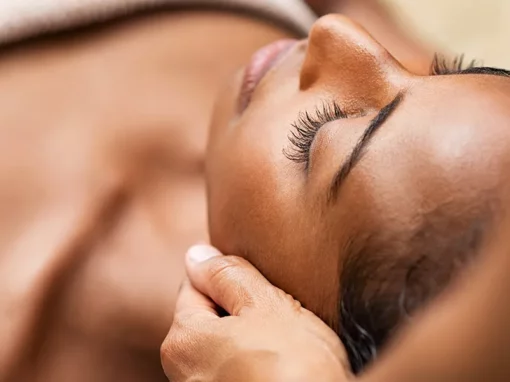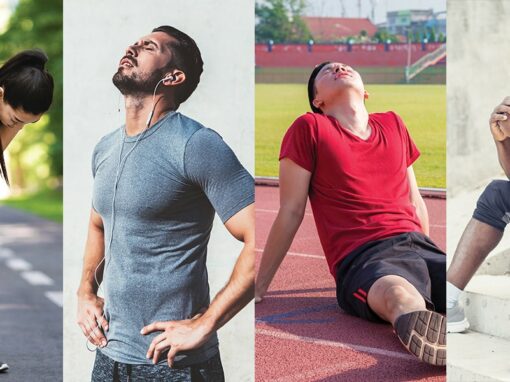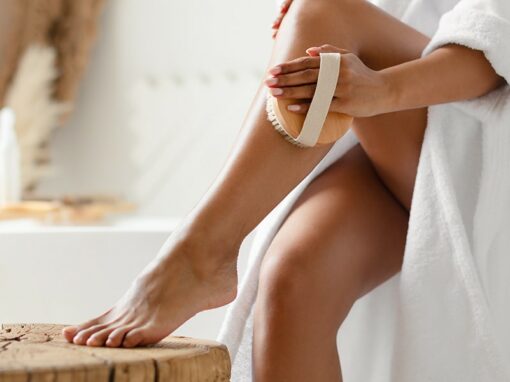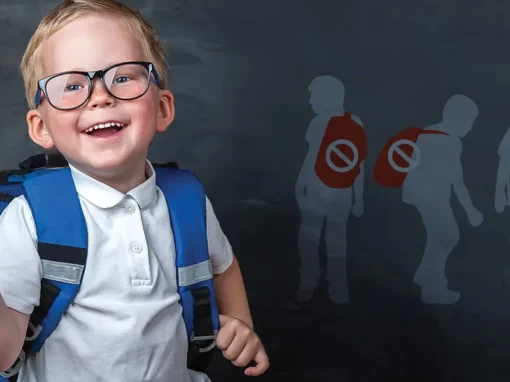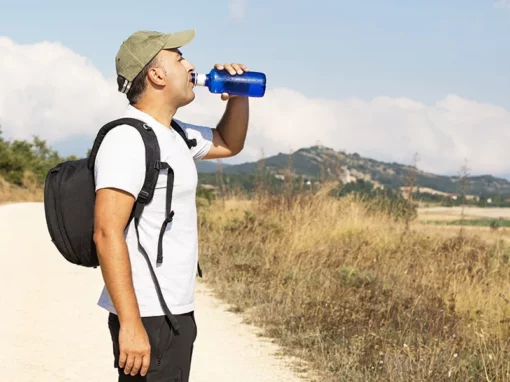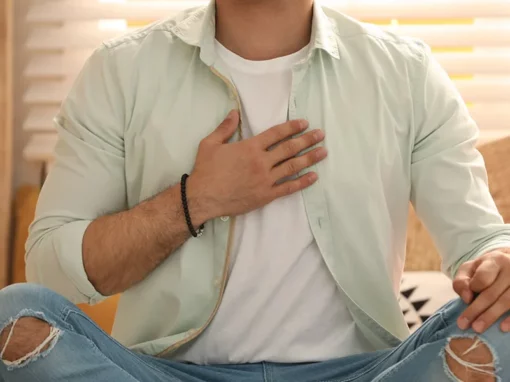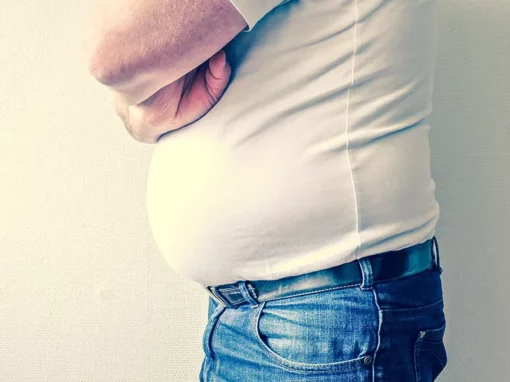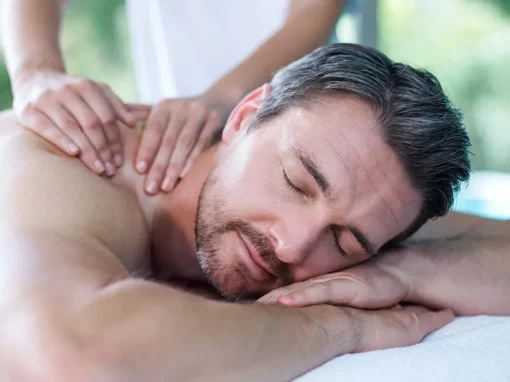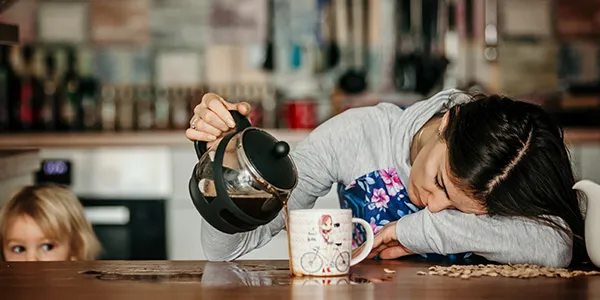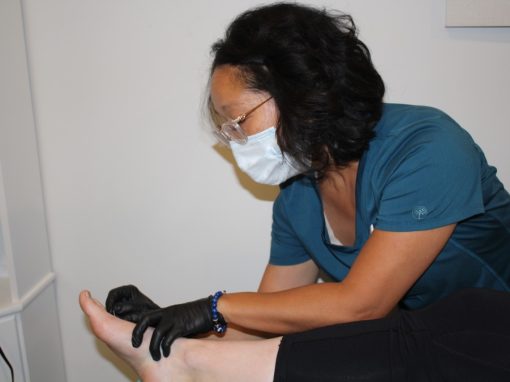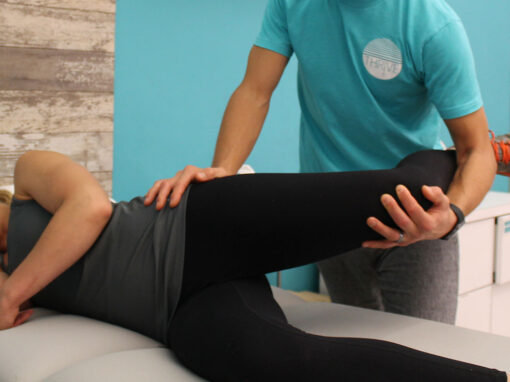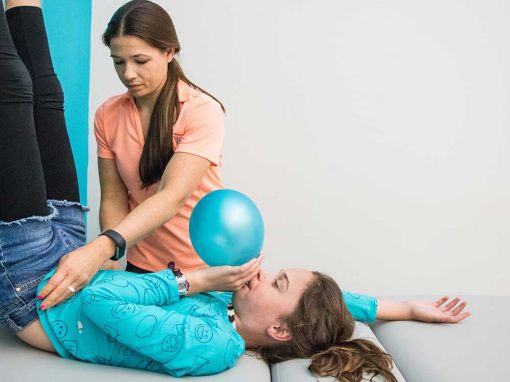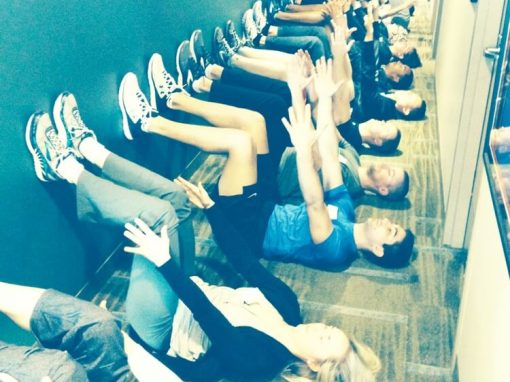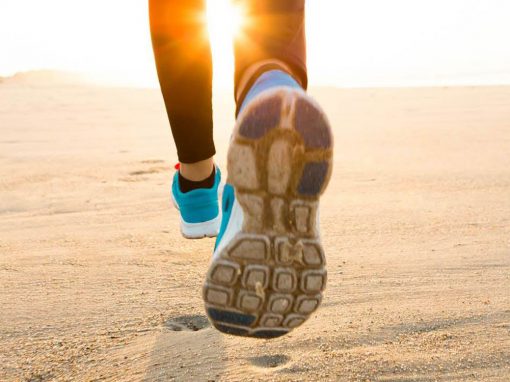The Real Impact of Poor Posture
School desks and office chairs are rarely designed with our bodies in mind—especially not growing ones. Over time, slouched shoulders, forward head posture, and shallow chest breathing can contribute to chronic neck tension, back pain, low energy, and even emotional fatigue.
For students, posture influences more than physical comfort. It affects breathing patterns, emotional regulation, and the ability to focus. We see many children (and their parents) struggle through the school or workday not realizing that poor alignment is part of what’s holding them back.
Introducing Postural Restoration®: Align, Breathe, Restore
One of the most powerful tools we use at Thrive is Postural Restoration®. Rooted in the understanding that the human body is inherently asymmetrical, Postural Restoration® works to identify and correct the dominant movement and breathing patterns that throw us off balance. Rather than simply stretching tight muscles, Postural Restoration® focuses on the why—retraining the way your body organizes itself in space and moves through the world. And central to this approach is one essential function: breathing. The diaphragm isn’t just for respiration—it’s the foundation of posture and core control. When breathing is shallow or chest-driven, it can destabilize the entire system. But when the diaphragm is restored to its rightful role, the body naturally finds better alignment, deeper calm, and more efficient movement.
Why Breathing Matters in the Classroom (and at Home)
Breathing is an often-overlooked pillar of postural health. When kids slump forward at their desks, their lungs can’t expand properly, which limits oxygen delivery to the brain. This contributes to fatigue, poor concentration, and heightened stress. Deep, diaphragmatic breathing counters this. It lowers cortisol (the stress hormone), engages the parasympathetic nervous system, and promotes mental clarity. Studies even show that school-aged children who practice breathwork regularly demonstrate improved focus and academic performance. At Thrive, we often start with simple breathing practices like “balloon breaths”—where students visualize expanding their rib cage like a balloon during each inhale. This not only supports better posture but helps children self-regulate emotionally and physically, especially during challenging school transitions or test-taking.
Creating Desk-Ready Bodies: Simple, Sustainable Strategies
We work with students and parents to develop daily routines that reinforce good posture and healthy breathing without adding stress or complexity. Here’s how you can start building “desk-ready” habits today:
-
Build an Ergonomic Study Space
-
Introduce a Breathing Practice
- Inhale slowly through the nose for four seconds, expanding the ribs and belly.
- Exhale gently through the mouth for six to eight seconds.
- Repeat for five to ten rounds.
This helps anchor the diaphragm, calm the mind, and improve spinal support.
-
Move with Purpose
Thrive’s Approach: Whole-Body Support, Personalized Care
When a student or parent visits Thrive for postural concerns, our first priority is understanding the full picture. We assess spinal alignment, muscle engagement, and breathing patterns, looking for signs of asymmetry or compensation. From there, we build a plan that combines:
- Gentle manual therapy to release restrictions
- Breathing retraining to re-center the diaphragm
- Corrective movements to restore symmetry
- At-home exercises designed for consistency and simplicity
Whether the concern is tension headaches, back fatigue, or “tech neck,” our team addresses the root causes—not just the symptoms.
How Families Benefit from Postural and Breathing Therapy
Our patients often notice improvements within just a few sessions. Children sit more comfortably at school, stay focused longer, and experience fewer meltdowns linked to physical discomfort. Parents find themselves sleeping better, moving more freely, and feeling more present—especially after long days at a desk. One of our high schoolers told us, “I didn’t realize how much my breathing was affecting my back pain and my ability to focus during class.” And one of our parents said, “We started doing bedtime breathing together, and it’s become a calming ritual for the whole family.” These aren’t just physical changes—they’re shifts in how students and parents relate to their bodies and their environments.
Backed by Research, Validated by Results
The benefits of postural restoration and diaphragmatic breathing aren’t just anecdotal. Clinical studies continue to show that:
- Breathing exercises significantly improve spinal mobility and posture.
- Children practicing breathwork experience reduced anxiety and better school performance.
- Postural Breathing®-based interventions lead to measurable improvements in movement efficiency and pain relief.
These findings support what we see every day: posture and breath are deeply connected to our physical health, mental focus, and emotional resilience.
Creating Lasting Habits for the Whole Year
As the school year unfolds, it’s essential to keep posture and breath top of mind—not just for students, but for the whole family. We recommend integrating short “posture pauses” into the daily routine. These could include:
- Morning breathing before the day begins
- A five-minute stretch-and-breathe break after homework
- Evening breathwork as part of the wind-down for better sleep
The key is consistency. These small, intentional moments accumulate over time, building strong, balanced bodies and calmer, more focused minds.
Let’s Thrive Together
Returning to the classroom doesn’t have to mean returning to tension, fatigue, or discomfort. At Thrive Proactive Health, we offer a comprehensive, compassionate approach to postural restoration and breathing therapy—designed with students and families in mind. By aligning the body and calming the breath, we help students show up more confidently, move more freely, and engage more fully—in school and in life. Ready to get desk-ready? Book a consultation today and discover how Thrive can support your family’s health, posture, and performance this school year and beyond.
